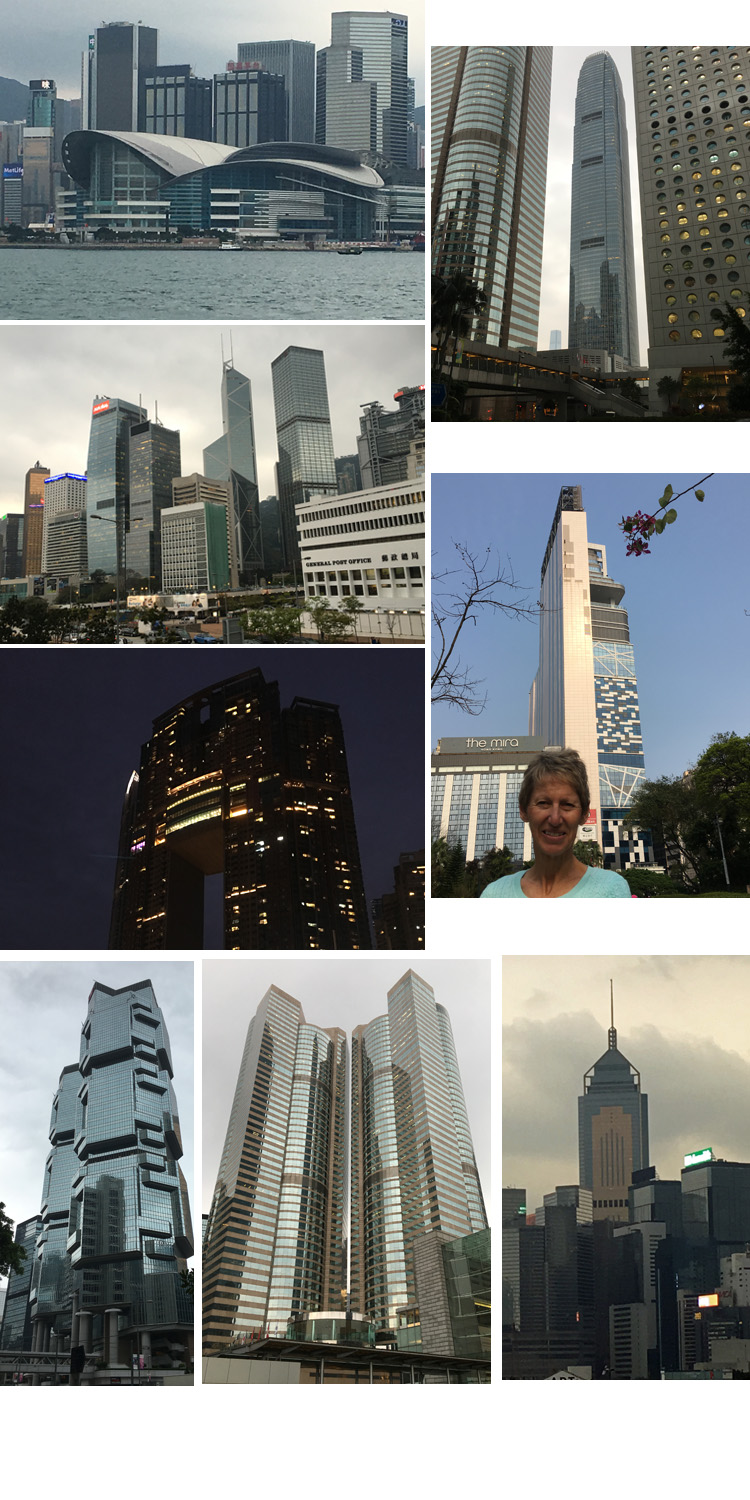Xiamen is a southern Chinese port city of 3.5 million. We walked to the Overseas Chinese Museum, the Nanputo Buddhist Temple and the Zhangzhou shopping street before stopping for a beer on a rooftop café. Here is Joani in front of the museum:
There are 50 million Chinese outside China. This has given Chinese global trade a nice boost. As the country became an economic powerhouse, this pool of people with Chinese and local language and cultural skills are a talent base for local companies to hire and send to China to do business and for Chinese companies to hire to do business in-country. Bob has Chinese-American friends from engineering and business school who have gotten good jobs and performed well.
Overseas Chinese left home for many reasons and in several waves. One wave in the 16th century came when the ruling dynasty shut down foreign exploration and trade. Many sailors and trading families moved to south Asia to maintain their jobs and businesses. Another wave came in the mid-to-late 19th century when the Western powers imposed control through the Opium War and conditions in China became bad. Another wave came after WWII during the struggle for control of the mainland. And through out the centuries, people have left for business opportunities, for job opportunities, or because of repression by local leaders against certain groups or families.
It was a short walk to the Nanputo Buddhist Temple from the museum:
Once again the temple had fish-frog-turtle ponds; and it is considered good luck to donate them, or feed them, or give money for their support. Actually, it is extremely peaceful and tranquil to wander among the ponds.
Joani is brave, she got a haircut at a local shop where no one spoke English. It turned out fine; here is her $7 haircut. We are on an urban walking path on an old rail line.
And we enjoyed a Tsing Tao at the end of our day.
A day at sea tomorrow; and then three days in Shanghai, the
high speed Mag Lev train to Beijing, and three nights there including seeing
the Great Wall. We are excited.

























































